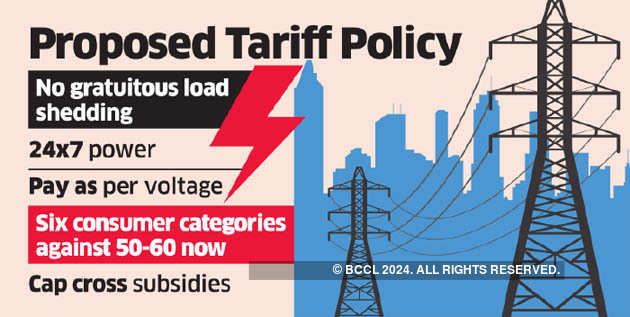
Domestic power tariffs are low in India, while the industrial tariffs are among the highest in the world due to cross subsidization. The Tariff Policy proposes six categories of consumers on voltage basis against the present 50-60 categories and sub-categories.
New Delhi: India proposes to end tariff differentiation between electricity consumers by charging them as per their consumption rather than on the basis of the end use of power.
The Centre expects the proposal, along with other proposed National Tariff Policy amendments, will be the biggest consumer-centric reforms.
Domestic power tariffs are low in India, while the industrial tariffs are among the highest in the world due to cross subsidisation.
The Tariff Policy proposes six categories of consumers on voltage basis against the present 50-60 categories and sub-categories, a senior government official said.
States, however, are apprehensive that the policy could be difficult in implementing though the Centre had consulted them before finalising it.
The other proposals of the tariff policy include laying service standards for power distribution companies (discoms) including 24×7 power supply, penalising gratuitous load shedding and ban on passing on more than 15% of commercial losses to consumer tariffs.
The policy also proposes direct benefit transfers to agricultural and rural consumers and reduction of cross subsidies on large open access consumers to 20% within four years.
The amendments to the National Tariff Policy, which have been approved by a group of ministers (GoM) led by defence minister Rajnath Singh, is expected to be taken up by the Union Cabinet next week. “The changes to the National Tariff Policy have been finalised and the policy is likely to be sent to Cabinet for approval. The inter-ministerial consultations were held earlier,” the government official said.
The policy proposes to simplify categorisation of electricity consumers by fixing tariff on the basis of quantity consumed against the present system of differentiating on the basis of land use, another official said.













